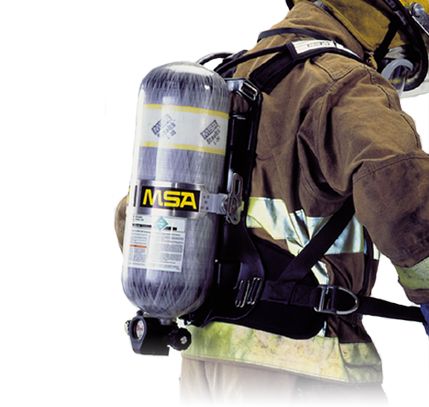|
The thought of a chemical warfare attack is—well, no one likes to think
about the implications of a chemical or biological warfare.
But the designated "First Responders" to such a crisis must be
prepared. Federal, state, and local government agencies; firefighters; and
police departments must prepare for such possibilities. Officials across the
country are spending millions of dollars to buy equipment and personal
protection, and train responders to handle situations.
In the event of a chemical warfare attack, a First Responder has to quickly
identify what type of agent has been used. They have to detect what the hazard
is before they can help protect against it.
Detector Tubes
Detector tubes are one means used to assess whether a threatening agent is
present. About the size of a pen, they contain chemicals that physically change
color if the target contaminant is present. These tubes are inexpensive,
reliable, and very easy to use. Fire departments and HazMat teams have relied
on them for years for traditional emergency response, so they are an obvious
choice for use in chemical attack response.
The tubes are used with an automatic detector tube pump to simplify the task
of taking samples while reducing the amount of time a responder has to stay in
a potentially contaminated area.
MSA's detector tubes for Domestic Preparedness can detect a wide range of
nerve, blister, blood, and choking agents. Many federal, state, and local
agencies will be interested in purchasing these for their First Responder teams
and for their cleanup and recovery operations.
Respiratory Protection
What is the appropriate respiratory protection from unknown hazardous
substances? When you don't know what's in the air you'll be breathing, you must
always wear SCBA
(self-contained breathing apparatus).
Firefighters use SCBA as part of their standard personal protection; they
never know what danger they will encounter next. First Responders wear SCBA to
a tanker spill, a confined space situation, a fire, and in suspected cases of
chemical warfare.
But once the hazard has been identified as a substance that an air-purifying
respirator (APR) can protect against, officials and workers can wear
appropriate APRs, including gas masks.
To find out more about MSA's Domestic Preparedness products, contact the
Customer Service Center at 1-800-MSA-2222.
|









